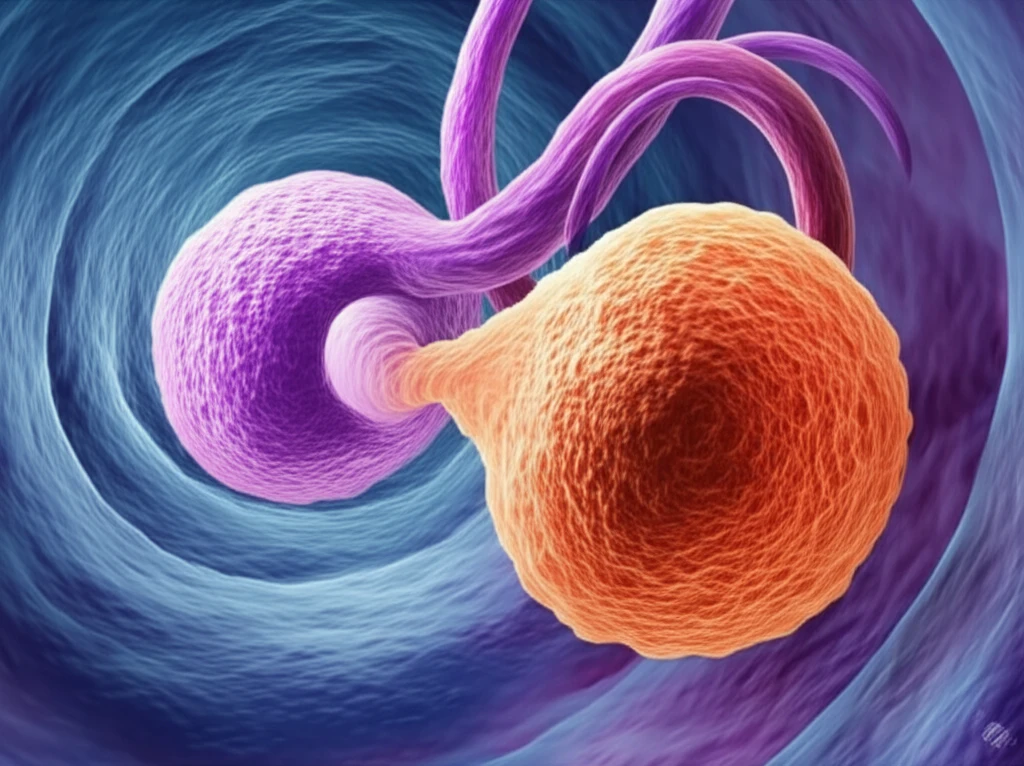
Dimorphic DCIS: Unraveling the Mystery of This Rare Breast Cancer Variant
"A Closer Look at Dimorphic Ductal Carcinoma In Situ, Its Unique Characteristics, and What It Means for Women's Health."
Breast cancer is a complex and heterogeneous disease, with various subtypes exhibiting different behaviors and requiring tailored treatment approaches. Among these subtypes, Ductal Carcinoma In Situ (DCIS) is a non-invasive form, meaning the cancer cells are confined to the milk ducts and haven't spread to surrounding tissue. However, even within DCIS, there are variations in cellular composition and morphology.
One such variation is dimorphic DCIS, a rare subtype characterized by the presence of two distinct cell populations within the tumor. This dimorphism can pose diagnostic challenges and raises questions about the clinical significance and optimal management of this unique breast cancer variant.
This article aims to delve into the world of dimorphic DCIS, exploring its defining features, diagnostic considerations, and the implications for treatment strategies. By understanding this rare subtype, we can empower women with knowledge and contribute to improved outcomes for those affected by breast cancer.
What Makes Dimorphic DCIS Different?

In typical DCIS, the cancerous cells tend to be uniform in appearance, a characteristic known as monomorphism. However, dimorphic DCIS breaks this pattern with two distinct cell types intermingling within the affected milk ducts. While the definition can vary slightly depending on the specific criteria used by pathologists, these two cell populations generally exhibit differences in:
- Cell Size and Shape: One cell type may be larger or have a different shape than the other.
- Cytoplasm: The amount and appearance of the cytoplasm (the material within the cell) can vary between the two cell types. One cell type might have abundant clear cytoplasm, while the other has scantier, more eosinophilic cytoplasm.
- Nuclear Features: Although less common, subtle differences in nuclear size, shape, or chromatin patterns may be observed.
The Future of Dimorphic DCIS Research
Dimorphic DCIS presents a fascinating area for ongoing research. Further studies are needed to fully elucidate the clinical behavior of this rare subtype, identify specific biomarkers that can aid in diagnosis and prognosis, and determine the most effective treatment strategies. By unraveling the complexities of dimorphic DCIS, we can strive towards personalized approaches that optimize outcomes and improve the lives of women affected by this unique form of breast cancer.
